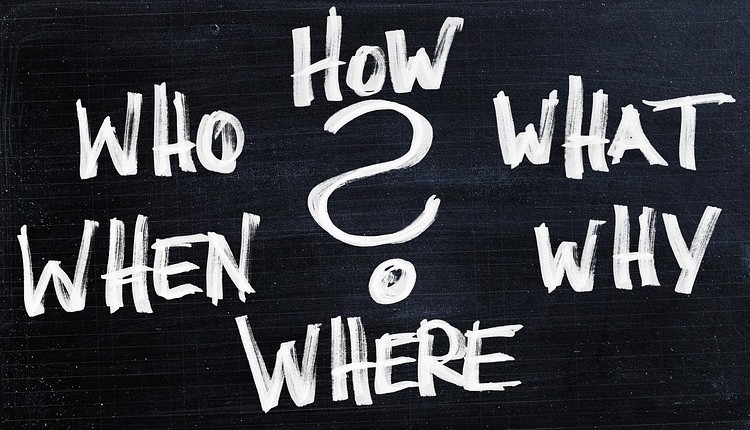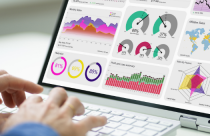6 Simple Ways to Handle a Q&A Session at a Conference

Conference presentations offer an ideal forum to share your work with other researchers and receive feedback. They can take many forms, including short or full papers, round-table or panel discussions, workshops, and poster presentations.
While organizing a conference, it is critical to prepare for a Q&A session that will accompany your presentation. Providing effective answers in your Q&A session will engage your audience, further demonstrate your expertise, and ensure that you leave a lasting impression. In today’s article, we will look at some ways you can make sure that you always have an effective Q&A session at every conference presentation you give.
What is a Q&A Session?
A Q&A session is generally a specific amount of time set aside at the end of your presentation for the audience to ask you questions directly. These may be about specific points that you addressed in your presentation, but they might also be about related research, recent news, or the background of your subject material. The toughest part is that you never quite know what to expect!
This may be one reason why even experienced presenters and researchers dread the Q&A portion of a presentation. But think of the Q&A session as a chance to engage with the audience and clarify anything your presentation may have skipped or touched on briefly. It is also a great way to hear new points of view and identify weaknesses or gaps in your work.
How to Hold an Effective Q&A Session
Fortunately, there are some pointers you can follow to make sure you have an effective Q&A session at any conference presentation. Here are a few tips to ensure your next Q&A session is a great one.
–Be prepared for some potential questions. When you work on your presentation, prepare for your Q&A session at the same time. Identify areas for potential questions based on your background research, and draft some answers in advance.
–Set time limit. The Q&A session doesn’t have to be a free for all! State clearly that this is the time for questions, and that time is limited. Don’t let people talk endlessly or give their own “mini-presentation”.
–Start the discussion. If asking for questions results in silence, you can ask and answer your own question to start things off. “One thing many people ask me is…” is a good way to begin. This also allows you to direct the flow.
–If you don’t know, say so. It can be nerve-wracking to stand on a stage and be asked a question you don’t know the answer to. But don’t worry! If you don’t know something, say it is beyond the scope of your research, or that you are still working on gathering enough data to be able to answer that question. It’s much better to say you don’t know than to try to fake your way through.
–Include the group. Don’t limit your answer on the person who asked it- you are presenting to a group. Paraphrase the question and shift your gaze to include the entire audience. This will keep others engaged.
– Validate dissent. If someone disagrees with you, don’t fight with them. Acknowledge them, and respond with something like “my research has produced different results” or “Thank you for your opinion. I know there are different schools of thought on this issue- let’s move on.”
Remember that this is an opportunity to share your research with interested people! Try to relax and have fun.
Do you have any other tips for giving effective Q&A sessions? What has worked for you? Let us know in the comments below!









